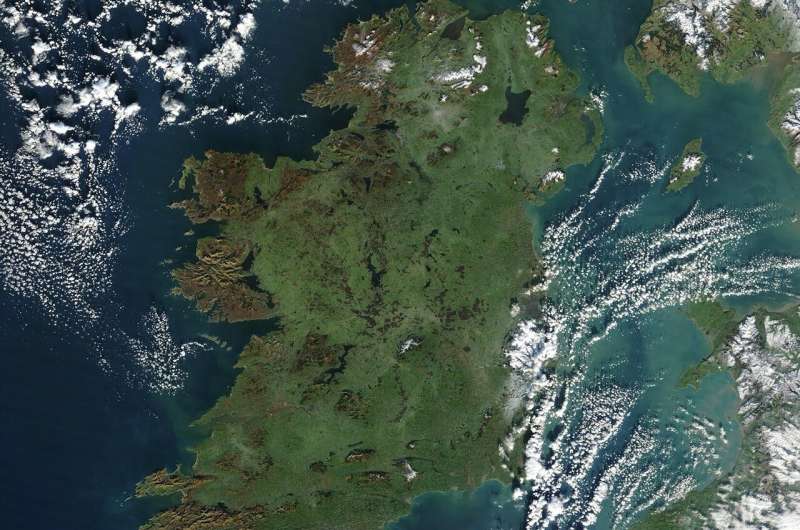Satellite data used to detect marine plastic

A new method of detecting patches of floating macroplastics—larger than 5 millimetres—in marine environments is presented in Scientific Reports this week. The approach, which uses data from the European Space Agency Sentinel-2 satellites, is able to distinguish plastics from other materials with 86% accuracy.
Lauren Biermann and colleagues identified patches of floating debris from Sentinel-2 data based on their spectral signatures—the wavelengths of visible and infrared light they absorbed and reflected. The authors then trained a machine-learning algorithm to classify the individual materials that made up these patches according to the specific spectral signatures of different plastic and natural materials. These signatures were obtained from satellite data on plastic litter washed up in the Durban Harbour in South Africa on 24 April 2019 and floating plastic deployed by the authors off the coast of Mytilene (Greece) in 2018 and 2019. They also used previously obtained satellite data on natural materials likely to be found together with marine plastic, such as seaweed, woody debris, foam and volcanic rock.
The authors tested their method on Sentinel-2 data from coastal waters in four different locations: Accra (Ghana), the San Juan islands (Canada), Da Nang (Vietnam) and east Scotland (UK). The method successfully distinguished plastics from other floating materials or seawater with an average accuracy of 86% across the four locations and 100% accuracy off the San Juan islands.
The findings demonstrate that the method was successful across four different coastal areas. The authors hope that it could be used with drones or high-resolution satellites to improve global monitoring of marine plastic littering and aid clean-up operations.
More information: Finding Plastic Patches in Coastal Waters using Optical Satellite Data, Scientific Reports (2020). DOI: 10.1038/s41598-020-62298-z , www.nature.com/articles/s41598-020-62298-z
Journal information: Scientific Reports
Provided by Nature Publishing Group




















